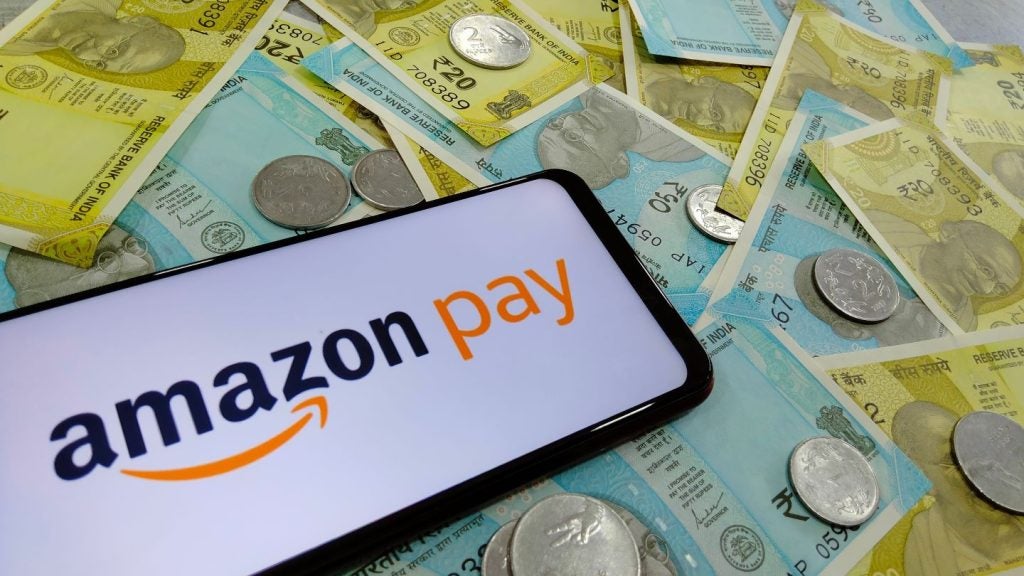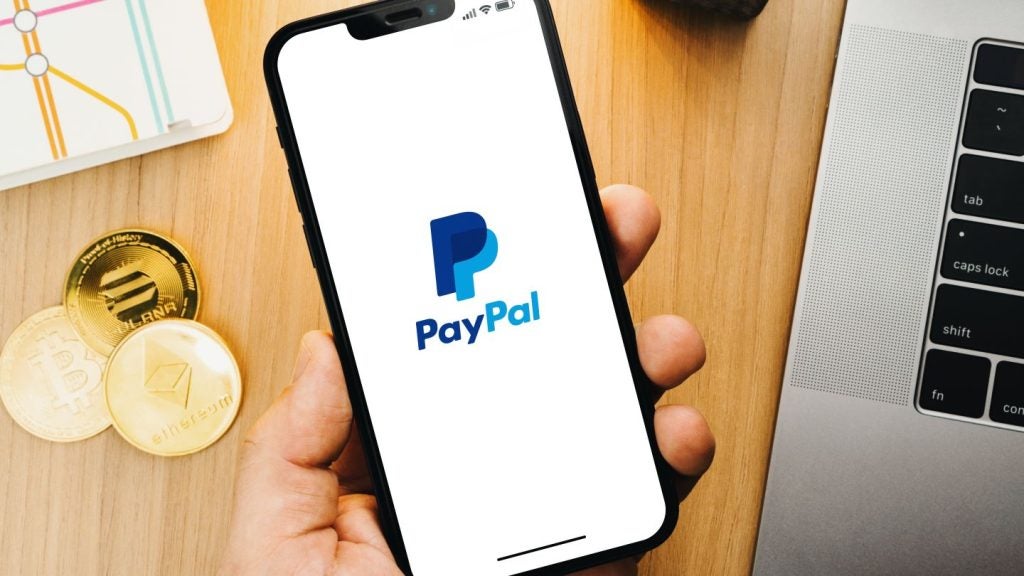Paym, the payments initiative pioneered by the UK Payments Council, is perhaps the first scheme that has seen the high street lenders unite over mobile payments. The programme is already available to more than 30m UK consumers through nine banks. Ellie Chambers investigates what is in the future for Paym
Anyone who knows anything about the banking industry will know that mobile payments are a hot topic. But the dizzying range of mobile payment schemes available and the differing technologies they are built on are enough to confuse even the most savvy of consumers.
The problem is that even in the most mature markets, there is rarely a dominant method of mobile payment, so no one knows which method to back, least of all the banks, meaning that consumers trying to use mobile payments in their day-to-day life may often find they are not accepted by a merchant, or by a friend’s bank, or a tradesman.
The marketplace is incredibly fragmented and seems to fragment more with each innovation, rather than converging.
Vincent Brennan, head of group payments at bank of Ireland says: "The challenge is that because it’s too early to see a winner emerging you almost have to place multiple bets.
"You need to back a number of versions of payment but backing every horse in the race isn’t necessarily viable either and it could well be that the winners haven’t even emerged yet.

US Tariffs are shifting - will you react or anticipate?
Don’t let policy changes catch you off guard. Stay proactive with real-time data and expert analysis.
By GlobalData"So are we already looking at a payment that’s going to succeed or is the one that’s going to succeed going to come out of the long grass and surprise us shortly?"
A dark horse?
At first glance, Paym is not going to improve this situation. After all, the practically identical Pingit scheme run by Barclays was available to all consumers, not just the bank’s customers, and since its launch in February 2012 has been downloaded just 2m times and used to send £10m ($16m).
Additionally, although the service relies on someone having a mobile number that is linked to their bank account, it isn’t based on the technology that we tend to associate with mobile payments – like NFC or HCE.
And the whole premise of Paym isn’t that you use it for the everyday payments that industry professionals would have us believe we will be whipping out our phones for in a few years time, but that you use it to pay friends or family back for the occasional drink, taxi ride home or meal that you borrowed money for.
But the difference between Paym and other mobile payment programmes is that all the major UK banks are signing up for it – Bank of Scotland, Barclays, Cumberland Building Society, Danske Bank, Halifax, HSBC, Lloyds Bank, Santander and TSB have already rolled it out, while RBS, Natwest, Ulster Bank, First Direct and Clydesdale and Yorkshire Banks will come on board later this year and Nationwide Building Society in 2015.
That means that anyone with a bank account with any of these providers and a phone number can send money by Paym, making the potential user base encompass nearly the whole population of Britain.
The programme also has important benefits in that users do not need to give their bank details to anyone, only their phone number and it is integrated with the existing banking apps – meaning consumers do not have to drastically alter their payment behaviour.
These factors mean that merchants, especially small ones, will be missing a trick if they don’t sign up to Paym.
Jessica Richards, director of industry and member affairs at the Payments Council, says: "I absolutely think merchants will start to show an interest in Paym.
"The proposition is really around P2P but there are others in the competitive space that are around merchants and it’s really a different channel and it could be a really interesting channel going forward in the future."
An impressive start
So how well is Paym taking off? The Payments Council is yet to publish exact figures, holding back until August, when the service will have been up and running for three months.
However, a rough figure is available, with a spokesman telling EPI: "The latest figure for Paym registrations is that more than three quarters of a million mobile numbers have been registered."
This is an encouraging number, especially considering that it took Pingit two years to rack up 2m downloads.
Richards says: "Certainly it all seems to be working fairly well and the payments are going through. What’s struck us is that the value of the payments is higher than we were expecting.
"It’s not just people sending small payments to check it out – people are starting the trust the system and are starting to use it in their everyday life.
"I think we’re at a tipping point and as this comes on board, the whole payments landscape will change, as will the way people use payments – it will just happen naturally."
A domestic service for a global customer?
Obviously Paym is somewhat limited in that it is a domestic service, only sending money between UK banks.
In a world where globalisation is rife, that could prove a drawback. Richards says:
"Customers are becoming more global, they are starting to expect real-time 24/7 payments and in this world of big data there is also a growing push to have information travel alongside the payment."
But Brennan reveals that some of the UK’s closest neighbours are in fact eyeing up Paym with a view to leveraging its infrastructure.
He says: "There’s a discussion going on at the Irish industry level as to how we might achieve interoperability as part of our Irish national payments plan.
"In one sense it comes back to what extent you can leverage existing infrastructure so an option for interoperability would be to use the card schemes because the vast majority of consumers in Ireland with bank accounts have a Visa debit card. Another option would be to potentially leverage some of the UK infrastructure."
Paym’s level of success will ultimately come down to what the consumer makes of it.
As Richards points out, today’s consumer is savvier and more demanding than ever before.
"At a recent conference I went to someone said: the customer is no longer king. The customer is God."







